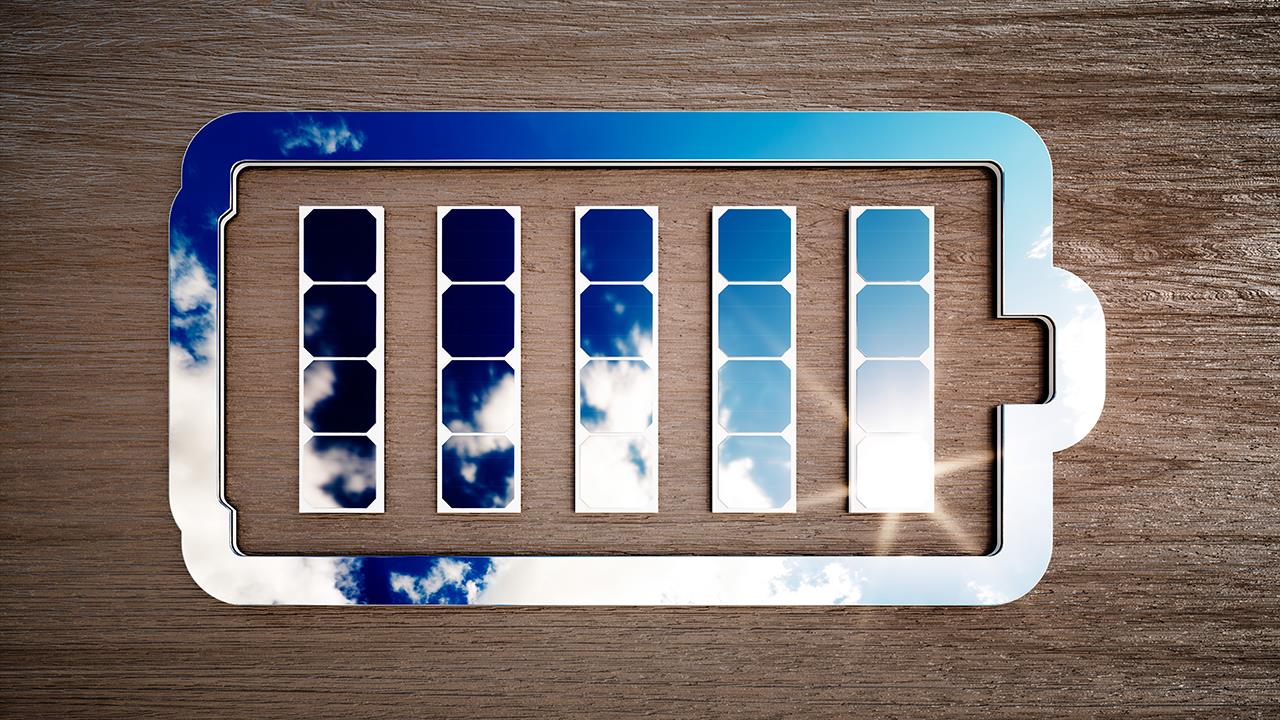

Isaac Occhipinti, Director of External Affairs at the Hot Water Association (HWA), explains the ‘untapped’ potential sitting quietly in over nine million UK homes.
The humble household hot water cylinder not only provides homeowners with all their hot water needs, it can also act as a thermal home battery, storing excess energy in the form of hot water, as well as supporting the grid during times of lower demand and higher input.
The HWA has long supported the home battery concept, utilising the domestic cylinder to serve the household hot water needs while utilising ‘free’ energy. And it seems that energy companies are starting to realise the opportunity that hot water cylinders offer to the wider grid, not just the home they serve.
Some energy companies now pay consumers to ‘use’ the excess grid electricity. Cylinders often have spare water that could be heated with an electrical immersion heater. With the right setup, consumers can allow the system to turn on their immersion heater at these times, using up that excess electricity. Seems so obvious when you think about it, doesn’t it?
The energy storage potential associated with the UK’s installed capacity of domestic hot water cylinders is comparable to our entire fleet of pumped hydro-electric storage and, with just a fraction of this resource, it would be possible to absorb the largest surpluses of renewable power that arise from offshore wind and solar PV.
A standard 150l hot water tank can hold approximately 7kWh, with a range of anywhere between 90l (4.2kWh) and 300l (14kWh). This is comparable to the storage capacity of a home battery system from brands such as Tesla, Sonnen, Powervault, and Moixa. With over nine million domestic hot water tanks installed, we potentially have 70GWh of untapped energy storage (around seven times the capacity of the UK’s largest pumped hydro facility, Dinorwig in Wales).
Connected hot water tanks can also deliver a similar service to the grid to that of home battery storage systems. Not only this, it can be delivered with a considerably lower environmental footprint. For example, a home battery consists of upwards of 100kg of materials such as cobalt, lithium, and copper, which all come with a hefty environmental footprint. In comparison, a modern hot water tank weighs around 30kg and is made from recyclable materials such as stainless steel.
Hot water cylinders also come at a lower cost to the end consumer. A hot water tank can be installed to provide grid services for around £200/unit. When you compare this to a home battery storage system, which currently costs upwards of £3,000 without installation, the savings are significant.
The recently announced ‘10-point plan’ accelerates the deployment of low carbon technology to ensure the UK’s transition to net-zero by 2050. The list of measures includes a target to quadruple wind power production by 2030. This, alongside the deployment of more nuclear energy, will significantly reduce the carbon intensity of
grid electricity.
In response to these market dynamics, there are now hot water cylinders, which operate with conventional gas boilers, while at the same time are able to make use of low carbon electricity whenever there is an over-supply of wind or solar generation, relative to demand.
The Climate Change Committee has identified that load shifting through behavioural change will be a key part of our transition to net-zero. In particular, ‘pre-heating’, as opposed to ‘peak-heating’, is essential and, for this, we need to encourage the uptake of flexible energy storage through domestic hot water cylinders and the addition of smart controls.
From a consumer’s perspective, replacing an old hot water cylinder with a modern, well-insulated cylinder, coupled with smart controls, provides an opportunity to use low cost or even negatively priced electricity alongside their existing heating equipment. This is an attractive proposition. Additional benefits such as ease of control, enhanced system boiler efficiency, and future retrofit options for heat pumps or hydrogen-ready gas boilers add further appeal.
If you'd like to keep up-to-date with the latest developments in the heating and plumbing industry, why not subscribe to our weekly newsletters? Just click the button below and you can ensure all the latest industry news and new product information lands in your inbox every week.